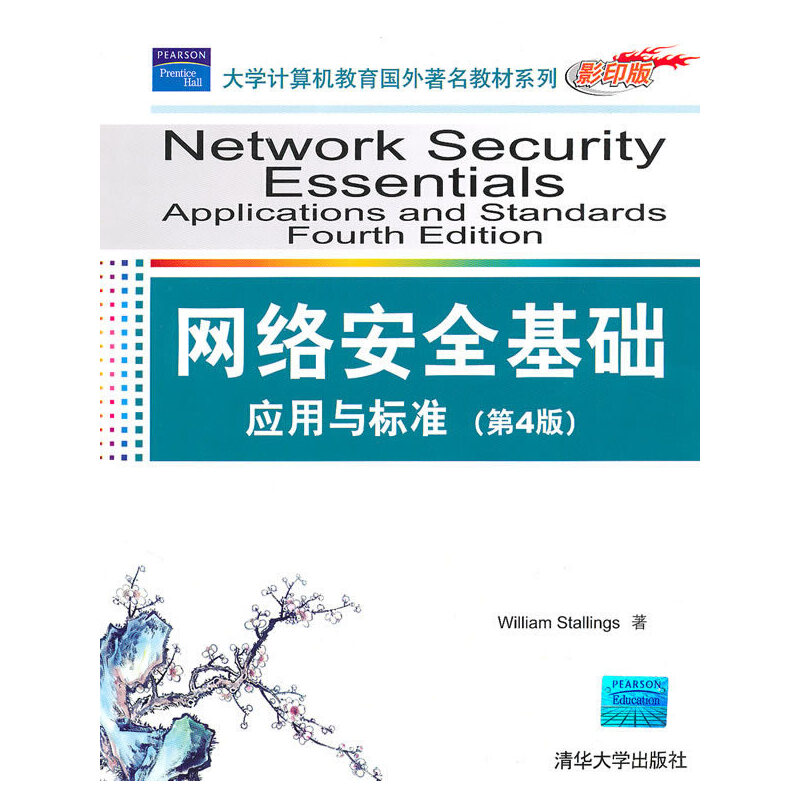化合物半导体加工中的表征 / 材料表征原版系列丛书
作者: (美)布伦德尔 埃文斯 麦克盖尔
出版时间:2014年1月
出版社:哈尔滨工业大学
- 哈尔滨工业大学
- 9787560342818
- 146370
- 2014年1月
- TN304.2
Preface to the Reissue of the Materials Characterization Series
Preface to Series
Preface to the Reissue of Characterization of Compound
Semiconductor Processing
Preface xiii
Contributors xv
CHARACTERIZATION OF III-V THIN FILMS FOR ELECTRONIC DEVICES
1.1 Introduction 1
1.2 Surface Characterization of GaAs Wafers 2
Dislocations 3, Surface Composition and Chemical State 4
1.3 Ion Implantation 6
1.4 Epitaxial Crystal Growth 11
1.5 Summary 13
Ⅲ-V COMPOUND SEMICONDUCTOR FILMS FOROPTICAL APPLICATIONS
2.1 Introduction 17
2.2 Growth Rate/LayerThickness 20
In Situ Growth Monitors 20, Post-Growth Structural Analysis 22
2.3 Composition Analysis 23
2.4 Impurity and Dopant Analysis 27
2.5 Electrical Properties in Optical Structures 28
2.6 Optical Properties in Single and Multilayer Structures 33
2.7 Interface Properties in Multilayer Structures 35
2.8 Summary 37
CONTACTS
3.1 Introduction 41
3.2 In Situ Probes 44
Surface Preparation and Characterization 44, Initial Metal Deposition 45,
Subsequent Metal Deposition 48
3.3 Unpatterned Test Structures 48
Electrical Characterization 48, Concentration Profiling 49,
Electron Microscopy 49
3.4 Patterned Test Structures 51
Barrier Height 51, Contact Resistance 53, Morphology 54
DIELECTRIC INSULATING LAYERS
4.1 Introduction 57
4.2 Oxides and Oxidation 58
4.3 HeteromorphicInsulators 60
4.4 Chemical Modification of GaAs Surfaces 61
4.5 Indium Phosphide-Insulator Interfaces 64
4.6 Heterojunction Quasi-Insulator Interfaces 68
4.7 Epitaxial Fluoride Insulators 72
4.8 Commentary 74
OTHER COMPOUND SEMICONDUCTOR FILMS
5.1 Introduction 83
A Focus on HgCdTe 83, Objective and Scope 84, Background 84,
Representative Device Structure 86
5.2 Substrates and the CdTe Surface (Interface 1) 86
Substrate Quality 86, Substrate Surface Preparation 87
5.3 Epitaxial HgCdTe Materials (Between Interfaces 2 and 5) 90
Desired Characteristics of the Active Layers 90, Composition 90,
Crystalline Quality 91, Doping 93, Minority Carrier Lifetime 96
5.4 Heterojunction Interfaces (Interface 3) 98
Advantages of the Heterojunction 98, Desired Characteristics 98,
Characterizations 99
5.5 HgCdTe Surface Preparation (Interfaces 4 and 5) 100
Importance of the Chemically Etched Surface 100, Monitoring of the Surface
Cleanliness by Ellipsometry 101, Characterization of Thin Native Oxides on HgCdTe by XPS 102, Surface Analysis by UPS 104
5.6 Summary 105
DEEP LEVEL TRANSIENT SPECTROSCOPY: A CASE STUDY ON GaAs
6.1 Introduction 109
6.2 DLTS Technique: General Features 110
6.3 Fabrication and Qualification of Schottky Diodes 111
6.4 DLTS System 114
6.5 DLTS Measurement Procedure 116
6.6 Data Analysis 117
DLTS Spectrum 117, Activation Energy for Thermal Emission 118,
Trap Densities 120
6.7 EL2 Center 121
6.8 Summary 121
APPENDIX: TECHNIQUE SUMMARIES
1 Auger Electron Spectroscopy (AES) 127
2 Ballistic Electron Emission Microscopy (BEEM) 128
3 Capacitance-Voltage (C-V) Measurements 135
4 Deep Level Transient Spectroscopy (DLTS) 137
5 Dynamic Secondary Ion Mass Spectrometry (D-SIMS) 139
6 Electron Beam Induced Current (EBIC) Microscopy 140
7 Energy-Dispersive X-Ray Spectroscopy (EDS) 146
8 Focused Ion Beams (FIBs) 147
9 Fourier Transform Infrared Spectroscopy (FTIR) 151
10 Hall Effect Resistivity Measurements 152
11 Inductively Coupled Plasma Mass Spectrometry (ICPMS) 154
12 Light Microscopy 155
13 Low-Energy Electron Diffraction (LEED) 156
14 Neutron Activation Analysis (NAA) 157
15 Optical Scatterometry 158
16 Photoluminescence (PL) 159
17 Raman Spectroscopy 160
18 Reflection High-Energy Electron Diffraction (RH





